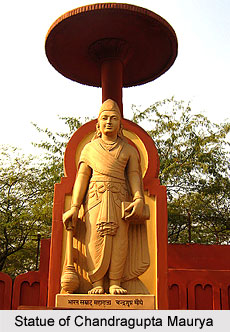 Meitei Chanu was the first print journal in Manipur, which was edited by Hijam Irabot Singh during 1925-26. The journal did not survive long and it was no longer in vogue after 5/6 issues were brought out. In 1933, another paper `Dainik Manipur` was published under the editorship of Gokulchandra. The paper was widely read not only in Manipur but also in Assam and other neighboring states. The newspaper was known for its critical views against the then British Government in Manipur. As a result the newspaper had to be stopped after five years of publication.
Meitei Chanu was the first print journal in Manipur, which was edited by Hijam Irabot Singh during 1925-26. The journal did not survive long and it was no longer in vogue after 5/6 issues were brought out. In 1933, another paper `Dainik Manipur` was published under the editorship of Gokulchandra. The paper was widely read not only in Manipur but also in Assam and other neighboring states. The newspaper was known for its critical views against the then British Government in Manipur. As a result the newspaper had to be stopped after five years of publication.
In 1937 another newspaper `Manipur Matam` was published and was also circulated in Assam. Later a bi-weekly paper `Manipur Paojel` was launched.
In those days publications were characterised by the philosophy: `come and ago`. They were unable to survive for long. The main reason was due to the unsupportive nature of the Government. The people too did not have a sense of awareness. It was, indeed, a hard time for media community in the history of journalism in Manipur.
The State of Manipur witnessed a sudden increase of newspapers and magazines after the attainment of full-fledged state in 1972. The people of Manipur started to understand the importance of media in development. A new trend of journalism took shape with political parties taking keen interest in media.
Most of the daily newspapers are published in Vernacular and English were of only 2 pages printed in a poor quality demi-size paper. There were only six daily papers at the beginning of 1972. By the end of 1982, there were 27 dailies and 13 weekly papers circulating in all parts of Manipur. Thus, during the decade 1972-82, daily newspapers have increased by 77.7 per cent.








